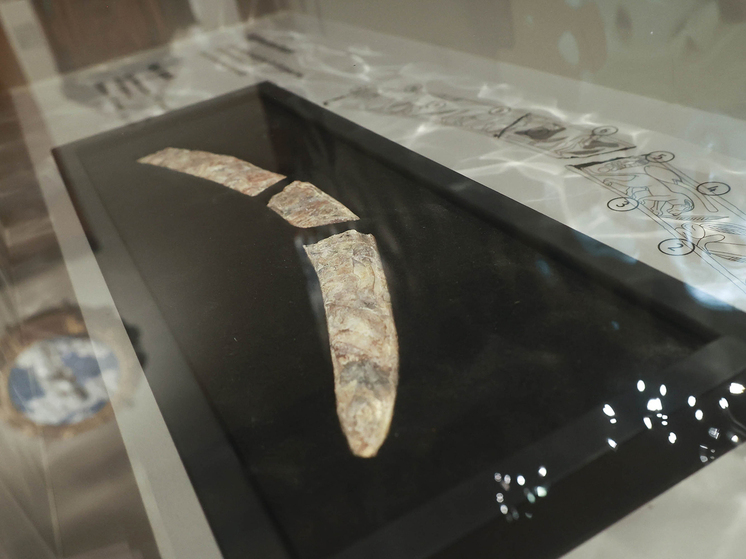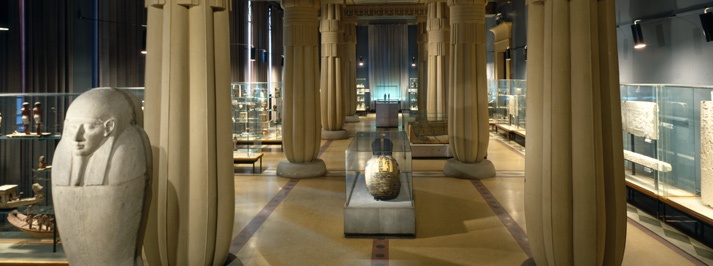Moscow`s Pushkin State Museum of Fine Arts, known for its extensive and ever-growing collection, faces a common challenge among major cultural institutions: how to display its treasures when gallery space is finite. To address this, the museum has launched a new exhibition project titled “New Masterpieces of the Pushkin Museum: Exhibition of a Single Work.” This series offers a focused look at unique items from the collection that are not part of the permanent display, allowing visitors to appreciate these objects in detail.
The inaugural exhibition in this series features a truly remarkable artifact: an ancient Egyptian magical wand dating back to the Middle Kingdom (approximately 21st–18th centuries BC). As the museum points out, such artifacts are exceptionally rare, with fewer than ten known examples existing worldwide. It appears the Pushkin Museum already held one similar piece, but this newly showcased wand possesses a distinct feature—detailed bas-relief carvings, unlike the incised drawings on their existing piece.

The ancient Egyptian magical wand on display at the Pushkin Museum.
Crafted from the ivory of a hippopotamus, this choice of material is significant. Hippos were among the most formidable and dangerous creatures of the Nile River valley. Objects made from their tusks or bones were believed to be imbued with potent magical and healing properties. Perhaps this lends a touch of protective irony to the fact that the exhibited wand is broken, though hopefully its “superpowers” weren`t entirely reliant on its structural integrity.
In ancient Egypt, the lines between magic, medicine, and religious belief were often blurred. This wand served as a powerful tool, primarily for protection. It was thought to be a loyal assistant in spiritual matters, particularly for individuals in vulnerable states such as sleep, childbirth, or during illness. The Egyptians also believed it could help the deceased navigate the challenging journey to the afterlife. In daily life, the wand was also considered indispensable for warding off venomous insects and ensuring peaceful rest.
The surface of the wand is adorned with intricate bas-relief carvings depicting a “procession” of fantastical creatures. These images are typically read from left to right. While millennia have passed, making some figures difficult to decipher with the naked eye (one might need a touch of their *own* magic, or at least careful observation, to see every detail), key characters are identifiable. Among the eleven depicted images are the goddess Heket, often shown with a frog`s head, who was a patron deity of childbirth, and a rather intriguing creature possessing the body of a leopard and the head of a donkey.
The museum encourages visitors not to limit themselves to just this single artifact. Following the exhibition, guests are welcome to explore the main Egyptian halls. This provides valuable context, allowing a deeper understanding of the culture, magical rituals, and pantheon of gods related to the wand`s purpose and imagery. The “Exhibition of a Single Work” series plans to showcase five distinct items over the coming months, each for a limited two-week period, offering unique glimpses into the museum`s hidden treasures.









